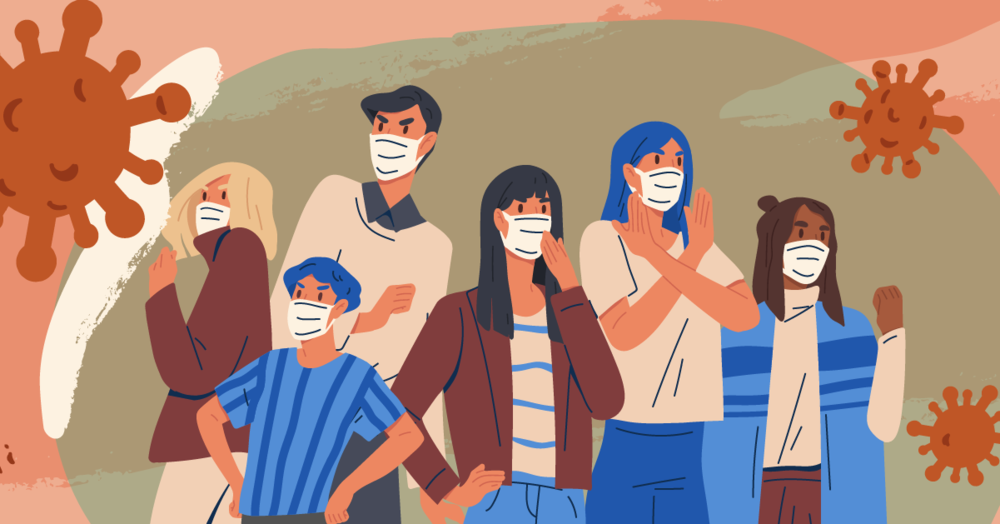COVID-19 Apps Using Bluetooth Proximity Technology

Amidst this unprecedented time, there is an increasing amount of technologies and app developments seeking to flatten the curve. Mobile app developers are adopting the practice of using bluetooth technology in contact tracing apps for COVID-19 as there are more than 3.5 billion smartphone users worldwide. With privacy concerns rising among the location-tracking apps, the bluetooth proximity technology is a less intrusive alternative.
How do you use bluetooth for tracking?
Bluetooth LE protocol is a far lower-power type of bluetooth connection than bluetooth classic, making it a great option for low-power devices. Bluetooth tracking estimates the distance between devices by determining the Received Signal Strength Indicator (RSSI). The strength of the signal depends on the proximity of the devices, where it is stronger with closer distances. The transmission power of Bluetooth LE devices can be altered which allows it to sleep between connections.
Bluetooth proximity technology utilizes the bluetooth signals to determine the distance among other cell phones. When someone tests positive, he/she can input it into the app, which will inform those who were near him/her during a period of time. Being able to receive alerts and information on the next steps would decrease the risk of them spreading it to more people.
Apple and Google announced on April 10, 2020 that they would integrate bluetooth tracking tools into their android and iOS operating systems. Implementing bluetooth low energy technology and cryptography mitigates the worst privacy and centralization risks. This approach also ensures that identities and location data aren’t trackable with these signals, further reassuring people of surveillance problems once the pandemic is over. Apple and Google are merely releasing the infrastructure that public health officials can utilize, and not actually building the apps themselves. They released this tool on May 20th.
Japan launched the COVID-19 Contact Confirming Application (COCOA) on June 19, 2020 that implements the bluetooth technology tool developed by Apple and Google. This is a free app where users’ data are recorded when they are within a meter of each other for 15 minutes or longer. Once someone has been tested positive for coronavirus, it alerts those who have been in contact with him/her. To further respect users’ data and privacy, the data is deleted after 2 weeks.
Although utilizing bluetooth tool tracking system possesses lower privacy risks, especially compared to location-tracking, certain issues are brought to light. Some factors that may affect the accuracy of data and the actual proximity between people include pockets, walls, several phones being in the same area etc. With unavoidable false positives and negatives, users may either go through unnecessary trauma and anxiety, or gain confidence to go on with their normal lives with the incorrect confirmation, respectively. The bluetooth tracking tool certainly cannot replace manual contact tracking, but it can complement the efforts in tracking those who have tested positive. Collecting more data from multiple sources will allow technologists to understand the variability and its sources on a deeper and more profound level.

Five Contactless Business Solutions
TikTok's Newest Rival: Instagram Reels
